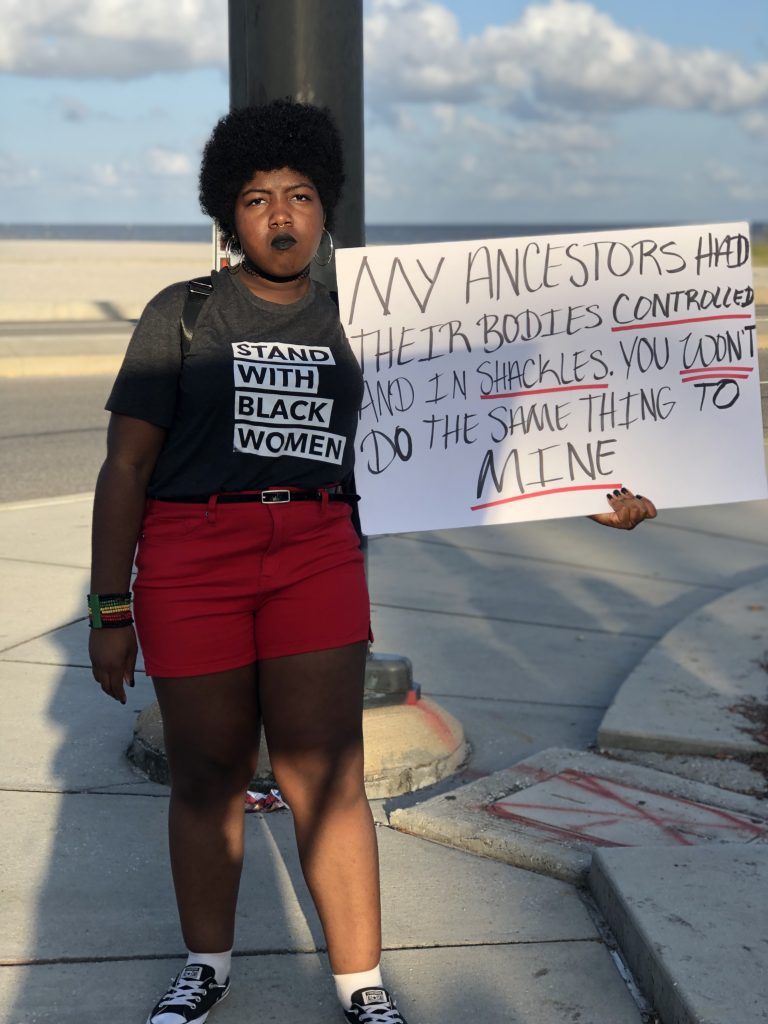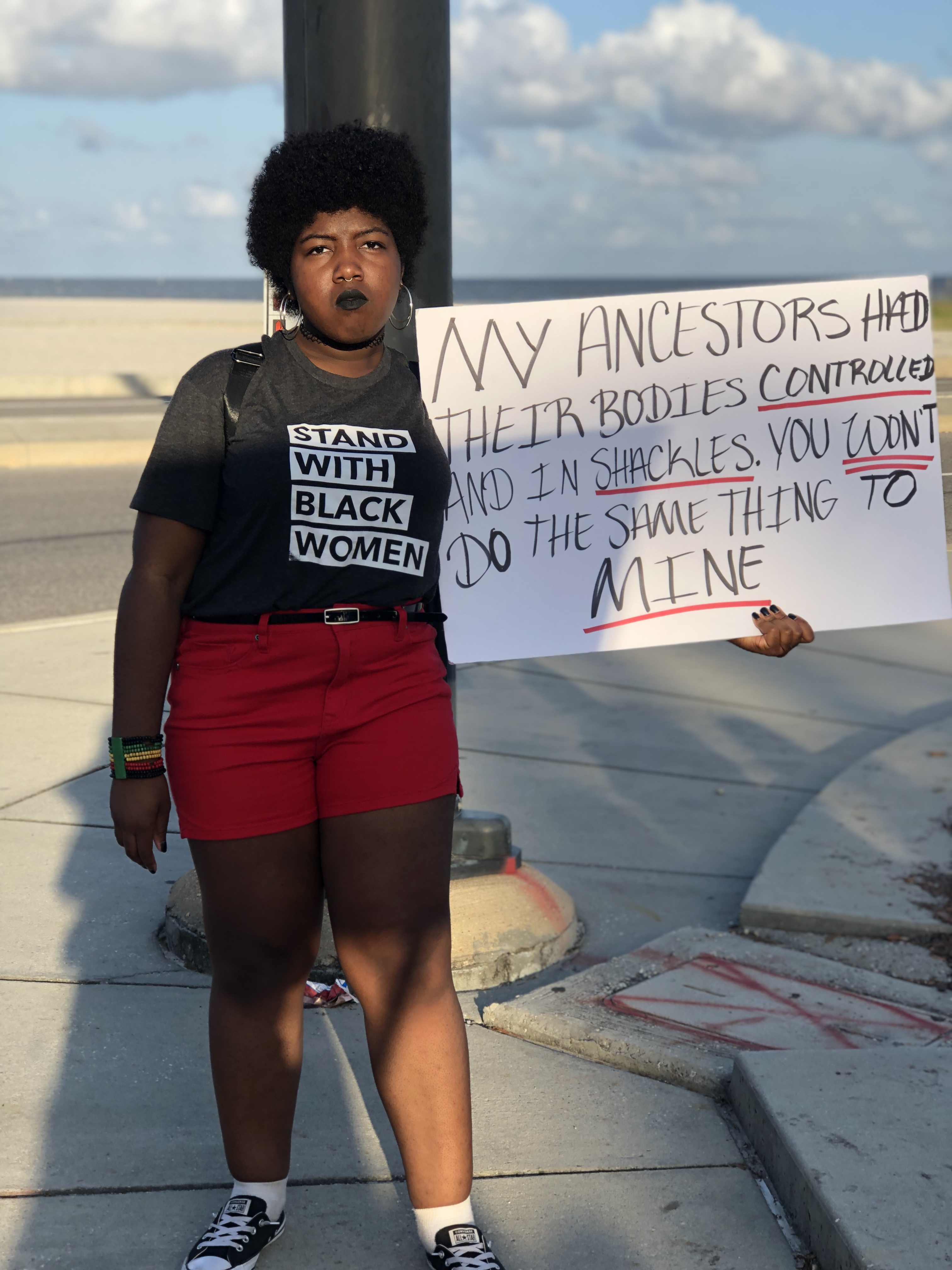According to the Pew Research Center, my generation, Generation Z, is on track to be the most diverse and liberal generation that the world has seen so far. As a 19-year old who spends a lot of down time flipping between Instagram and Twitter, I’m far from surprised. People my age are talking about current issues constantly. Even in the midst of our jokes and memes, we’re making commentary about things like the climate crisis, police brutality, and neo-Nazis. It’s not just activists like myself either. All the time, underneath posts about the Kardashians or the Royal Family, I’ll see a young person comment “does this really matter when we’re gonna be underwater in 20 years.” We are present, aware, and angry. Sadly, we don’t have a lot of resources readily available to help us direct this anger into action, especially depending on where we live.

I was born and raised in Mississippi, the buckle of the Bible Belt and the state that is #1 in all worst things and #45 or lower in all the best things, which is experiencing a severe decline in population as people flee the state after graduating college. As a black queer womxn, it was hard. It was exhausting. I felt defeated all the time. However, I found my people where I felt welcomed and safe. I canvassed and phone banked for Planned Parenthood Southeast. I volunteered for Democratic candidates. I lobbied and tried to make a difference with our sex education law through my work with Teen Health Mississippi. I found organizations that welcomed my ideas and motivated me to grow as an activist and organizer. As joyful as I am about the opportunities I had, I also know that I got lucky.
The reality is that a lot of liberals in blue states tend to turn a blind eye to the people working for radical, progressive change in red states. I’ve seen people from places like California and New York say that we should just organize and vote for Democratic candidates if we wanted things to change. However, in order to get involved with those efforts and become educated on the issues, you have to know the right people, which is a hard enough hurdle already. If you are a young person, that problem is compounded.
Few resources exist to help teach young people how to get involved in our social movement or how to navigate it. We are pushed out of “adult spaces” because we’re seen as immature. We have ideas and voices; we just don’t have anywhere to go where people will listen.
So what can you do?
- Meet us where we are. Don’t sit around and wonder why young people aren’t getting involved in your organization. We don’t know where you are. Make an Instagram or Twitter page. Not a lot of us are on Facebook anymore. Go to the county fair, the mall, and the beach and hand out your push cards to teenagers that pass by you. Show us the door, open it, and we will walk through (and likely bring our friends!).
- Make yourself youth friendly. Too often, groups limit themselves to adults. It may not be explicit when you sign up for alerts with a group, but it can be picked up on. If you’re talking about events that you do that take place on Tuesdays at noon or all of the pictures of you canvassing or tabling somewhere only show older folks, we take a hint and don’t feel invited.
- Scoot over and make space for us at the table. Once we’re in your groups and involved, we don’t want to just be there to check a box for your demographics. When organizations are coming up with ideas for volunteer recruitment or rallies, listen to the ideas that we have to offer. We could share a completely new way to do something that could really surprise you.
- Give us responsibility. Sometimes when youth are invited into spaces, we feel like we’re just there. Take us as seriously as any other prospective volunteer. Give us tasks that actually carry weight so that we can make a real impact. Don’t just ask us to bring markers for the sign making party. Ask us to lead a canvass. Ask us to lead a phonebank. Ask us to table at a volunteer recruitment event. And support us as we fail forward.
- Create spaces for us within that space. I attended the Power of Pink conference for Planned Parenthood volunteers in 2018. Towards the end of the conference, there was a time for “caucuses” to meet. There was a Black Caucus, an LGBTQ+ Caucus, an American Indian Caucus, and, to top it all off, a Youth Caucus. There weren’t many of us, but it was a fulfilling experience. We had spent most of the conference with around 2,000 people who, most of the time, were way older than us, so it was refreshing and exciting to be around other young people at this event with over 2,000 people in attendance. Some organizations have created Youth Advisory Councils that offer a young perspective on their actions and goals.
Community within a community is so important to making sure that everyone can bring their A-game to the movement space.
I was so incredibly lucky that I found Planned Parenthood, Teen Health Mississippi, Women’s March, and, now, Blue Future. If one thing had happened differently in my life — if I was unable to show up at the event where I signed up to be a volunteer with Planned Parenthood — I never would be in the space where I am now. It shouldn’t be like that.
Organizations should be jumping at young people and seeking us out. We deserve a say in the places where decisions are being made about our future. Because ultimately, we have to live in the world that will be created from those choices.
